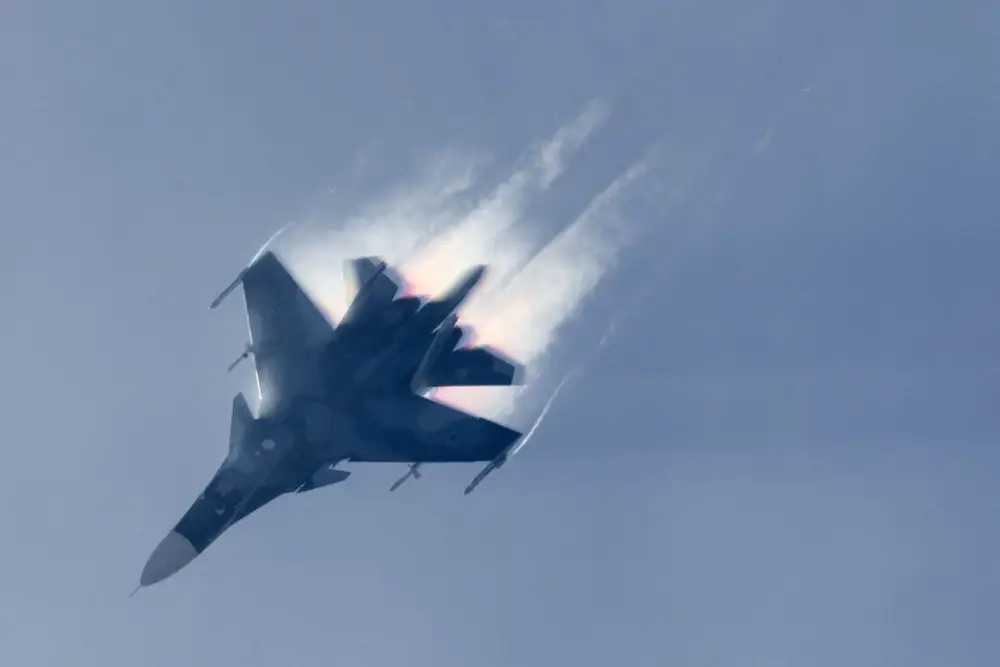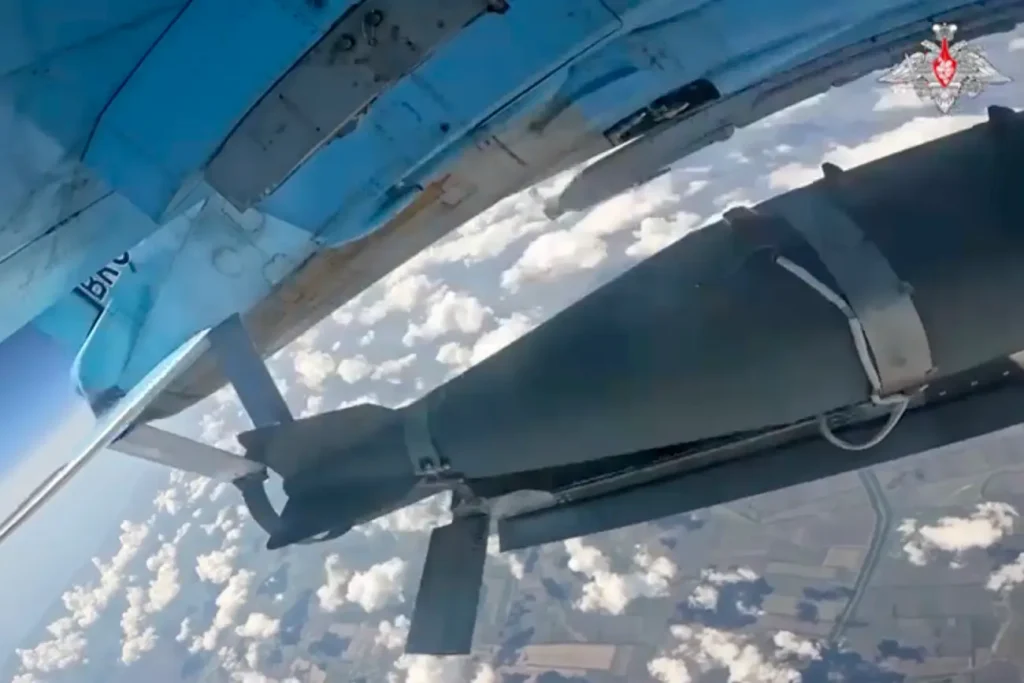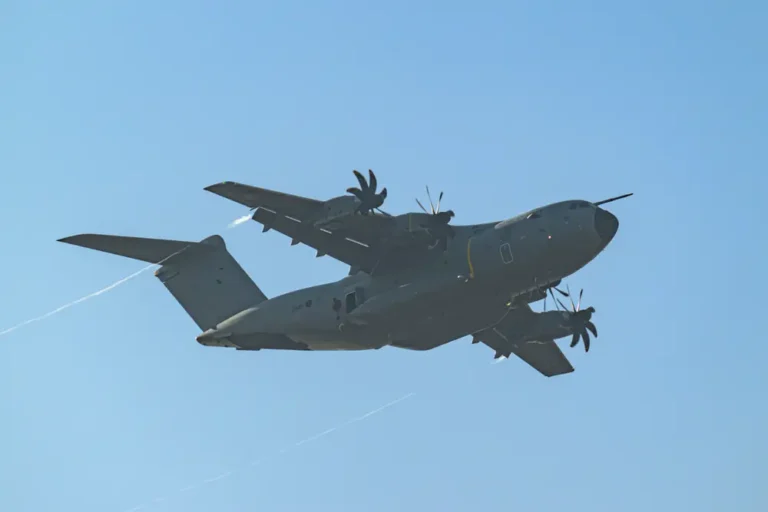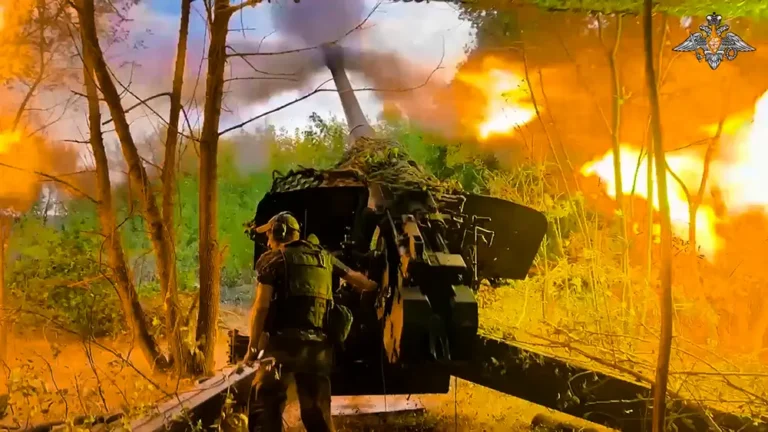Video appears to capture the first use of Russia’s monstrous 6,600-pound glide bomb in Ukraine and the immense destruction it causes

Sukhoi Su-34 jet fighter-bomber of Russian Air Force performs its demonstration flight at MAKS-2015 airshow near Zhukovsky, Russia.
New video footage appears to capture the first combat employment of Russia’s 6,600-pound glide bomb in Ukraine, a highly destructive capability that analysts say could be a tremendous problem for Kyiv.
Russian sources published footage to the Telegram messaging app purportedly showing a FAB-3000 M-54 bomb strike Ukrainian positions in the northeastern Kharkiv region on Thursday.
The munition was outfitted with a unified planning and correction module that turns it into a glide bomb, meaning it could have been air-launched from far away.
Upon impact, the bomb causes a massive fireball. With a large blast radius, the explosion rips through just about everything in its path — though it’s mostly rubble from previous fighting.
One Russian milblogger, Fighterbomber, noted that the strike actually missed its target by a few meters, but the devastating blast radius makes up for any inaccuracies. Fragments from the explosion can travel more than 4,000 feet out, the channel suggested.
In March, Russia’s defense ministry announced increased production of the FAB-3000 — and several other munitions, like the 1,100-pound FAB-500 and 3,300-pound FAB-1500. All three of these can be modified and turned into glide bombs, but it was unclear whether the heaviest one would be an issue for aircraft to carry.
Analysts at the Institute for the Study of War think tank said the use of the FAB-3000 bomb awards Russia a new weapon that carries a “high potential for destruction” if it can be launched with impunity.
“The fact that Russian forces have figured out how to launch FAB-3000s is a significant development and will increase the destructive potential of Russia’s ongoing glide bomb attacks against Ukrainian forces and infrastructure,” the analysts wrote in a Thursday assessment.
“Russian forces have already increased guided and unguided glide bomb use against Ukraine, particularly in Kharkiv Oblast, to devastating effect,” they said.

In this photo taken from an undated video released by the Russian Defense Ministry shows a glide-guided bomb being released by a Russian air force jet at an undisclosed location.
Should Russian forces be able to launch massive barrages of FAB-3000s (or even heavier guided glide bombs), they will be able to cause even more widespread damage to Ukrainian frontline positions and critical infrastructure,” the analysts added.
Russia’s glide-bomb strikes have caused headaches for Ukraine throughout the war, but these munitions have been especially problematic over the past few months. Unlike conventional gravity bombs, glide bombs have flight control surfaces and are standoff weapons. Attacking aircraft can release them at a distance — in many cases, well beyond the reach of Ukraine’s air-defense systems.
Because these munitions have short flight times, small radar signatures, and non-ballistic trajectories, they are extremely difficult to intercept. The only way to really defeat them is by either intercepting the aircraft mid-flight or destroying it at its base.
With the Kharkiv region bearing the brunt of Moscow’s glide-bomb strikes in recent months, Ukrainian officials called for Western countries to relax restrictions on Kyiv using their weapons to strike inside Russian territory so that the country could better tackle this deadly and destructive threat. Some of those restrictions have since been lifted.






